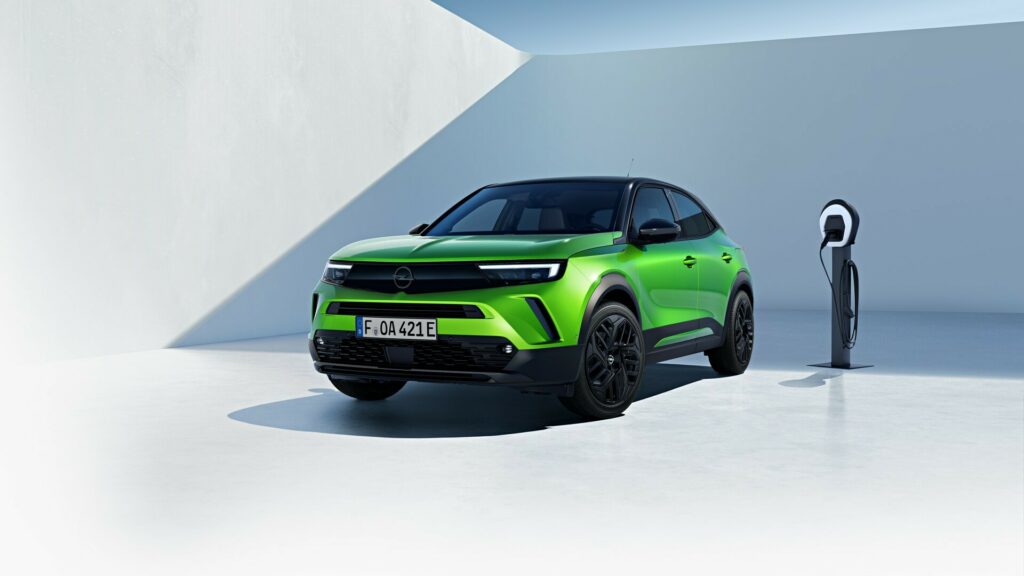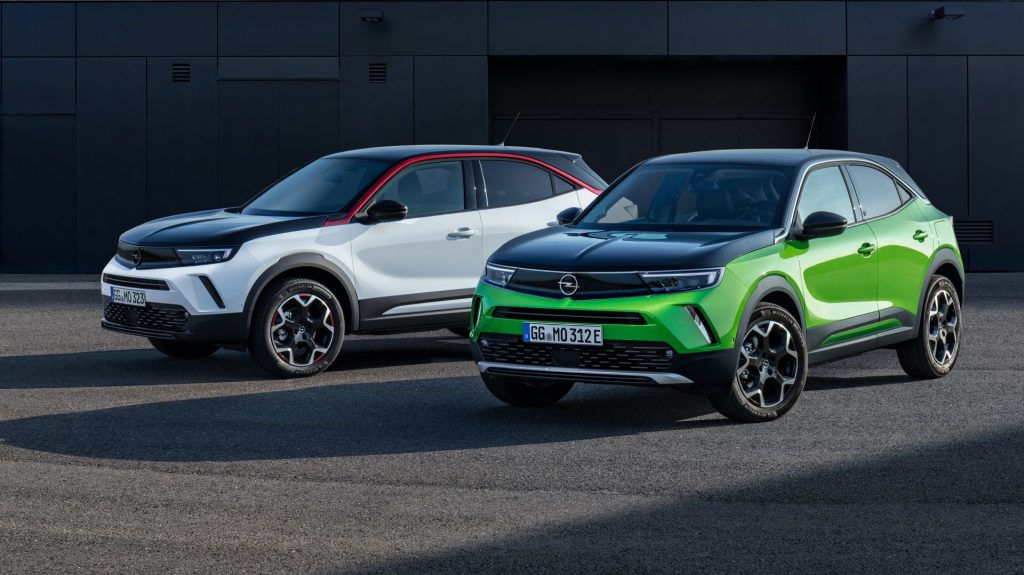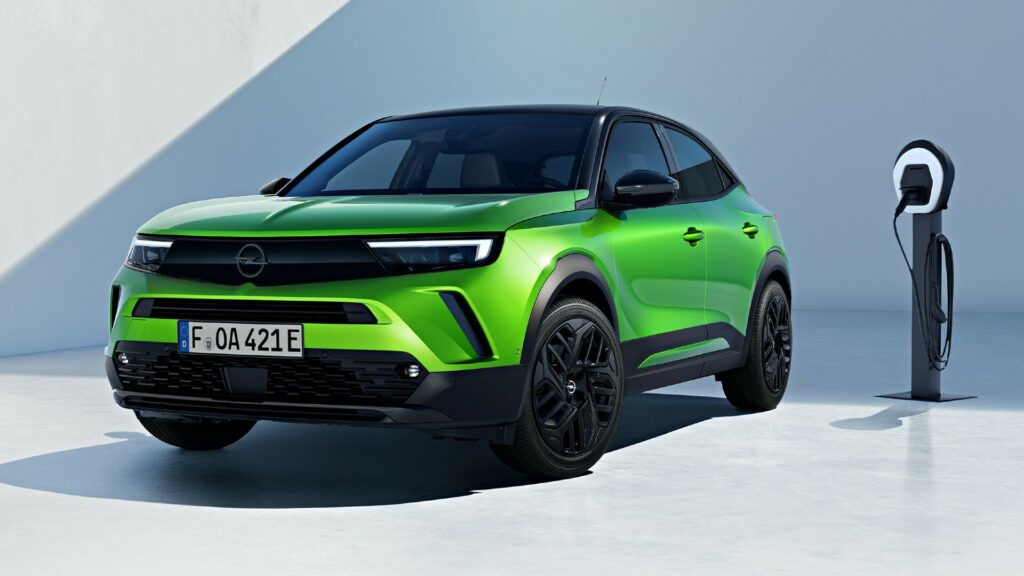Stellantis is gradually updating its EV range with the latest example being the Opel / Vauxhall Mokka Electric. The B-SUV benefits from a more powerful electric motor and a slightly larger battery offering an increased range.
More specifically, the Opel Mokka Electric is now fitted with a 54 kWh battery (up from 50 kWh) that is good for 406 km (252 miles) of WLTP range. This represents a 20% increase compared to the 338 km (210 miles) of its predecessor, or an extra 68 km (42 miles) per charge. Speaking of which, the updated model can charge from 0 to 80% in 30 minutes from a 100 kW DC charging station.
Read: Opel/Vauxhall Astra GSe Is An Electrified Warm Hatch And Estate With 222 HP

The front-mounted electric motor is also new, producing 154 hp (115 kW / 156 PS) and 260 Nm (191.8 lb-ft) of torque, which is 20 hp (15 kW / 20 PS) more compared to the previous version. Thanks to the increased power, the Mokka Electric accelerates from 0-100 km/h (0-62 mph) in under 10 seconds, with a top speed electronically limited to 150 km/h (93 mph). The new motor is also more efficient, contributing to a lower energy consumption of 15.2 kWh per 100 km.
The updated powertrain is already fitted to several Stellantis EVs including the brand-new Jeep Avenger and the recently facelifted DS 3 Crossback riding on the same eCMP architecture, as well as the larger EMP2-based Peugeot E-308 and Opel Astra Electric.
The zero-emission variant of the urban SUV was renamed Mokka Electric rather than Mokka-e, in line with Opel’s new naming strategy. The company didn’t change anything on the exterior or the interior, since the Mokka – launched in 2020 – was the first production model featuring the “Opel Visor” face and the “Pure Panel” digital cockpit. However, the black-finished alloy wheels that appear on the single official image accompanying the press release appear to be a new option.
The Mokka Electric accounted for 65% of Mokka sales in Germany this November, showing the increased popularity of EVs in certain European markets. Opel has pledged to offer an electrified variant of each model by 2024, before going EV-only in Europe by 2028.





